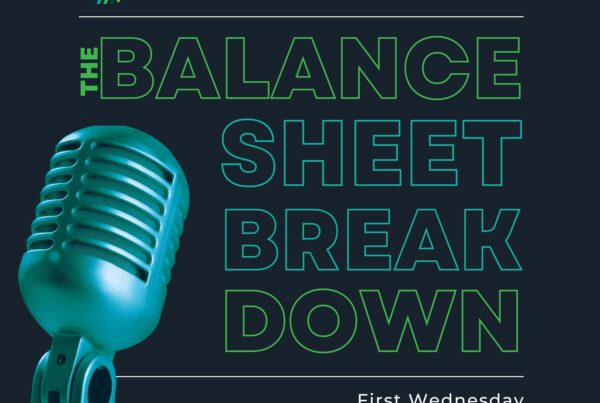For a business founder, their business is likely their most valuable asset in terms of current value, future earnings, and perhaps even sentimental value. But, sooner or later, an investor (or maybe even a competitor) comes along and wants to buy your business. Your response? “Make me an offer I can’t refuse.” After all, if you’re going to sell your most valuable asset, you want the Godfather offer! But what happens if Don Vito Corleone waltzes in with that irresistible offer that you just have to take…what next?
The sale of a privately held company is known as a secondary transaction. Since it takes place on a secondary market, the timing of a second can depend on many things. This includes market projections, personal finances, family matters, professional advice, retirement, or just a good old-fashioned desire to sell. Do you want to sell at this stage in the company or possibly keep growing? Do you have any need for liquidity? Are you ready to be replaced as an executive or take a step back? It’s usually not all about the money (although that will help). Regardless of the reason, this secondary transaction could be a life-changing experience and should be considered thoroughly.
One of the biggest questions when facing a potential sale of a closely held business is the tax consequences and when it comes to a secondary transaction, tax planning is huge! Seeking tax advice after a significant exit can still be helpful, but options are limited once the ink dries on those shiny sale documents. The best results can be made when consulting with a tax expert before you’re at the closing table. For a founder, by far the most beneficial planning opportunity lies in IRC §1202 (commonly known as Qualified Small Business Stock or QSBS ). This can lead to potentially no taxable gain on the sale of your company. Yes, you read that correctly, in §1202 there is potential for no taxable gain. Careful planning is key with this tax preferential provision, however, to ensure maximum benefits.
If your investment does not qualify for exclusion under §1202, there are still many ways to plan for an exit and reduce income tax exposure. Some “tools” we use to plan for years with secondary transactions include the following:
- Even if you qualify for §1202, but do not meet the holding period requirement of 5 years, §1045 allows for a taxpayer to roll over their gain from one qualified small business stock to another. There is a 60-day window to roll over your gain, so pre-planning can be very important here.
- Qualified Opportunity Zone Investment – a qualifying investment defers your gain up to the amount invested.
- Philanthropic Initiatives – “frontloading” future years charitable objectives can be tax favorable through the use of Donor Advised Funds. The funding of a DAF offers tax savings in the year the contribution is made. A well-timed contribution matched a tax deduction in a year where the taxpayers’ income is expected to be taxed at the highest Federal rates.
- Overall gain/loss management – in considering a transaction resulting in a taxable gain, consider other possible portfolio loss harvesting to mitigate the tax effect of the gain. Harvesting capital losses is an effective tax tool to manage overall gains and losses realized over the course of a year.
- Estate planning is also a critical consideration as wealth accumulates.
There are many considerations of a founder when it comes to preparing for a secondary transaction. Knowing when to exit and how much to sell, depends on many variables that all need to be taken into account. But as you can see, advanced tax planning can either defer or eliminate truly substantial taxes. That’s a great way to make that Godfather deal even sweeter.





